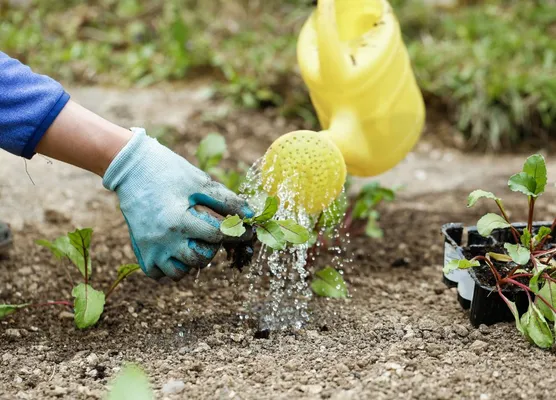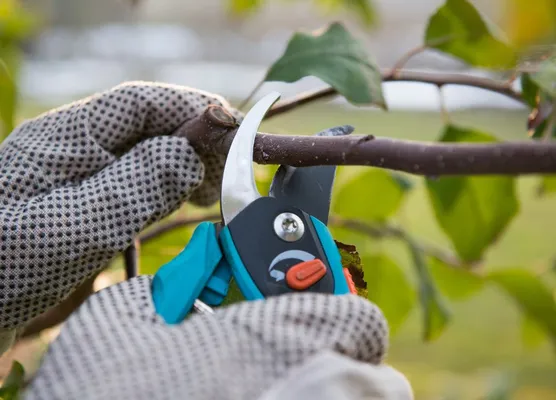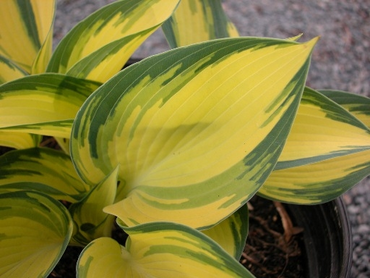Feeding Plants in June and July

Fertilisers in the garden
There are two main categories of fertiliser – organic and inorganic.
The NPK ratio on the pack indicates the proportions of nitrogen, phosphorus and potassium. HIgh K is good for tomatoes for example.
Organic fertilisers are effective, but usually less concentrated and slower acting than inorganic feeds. Organic fertilisers can be Plant-based – like seaweed, or Animal-based – hoof & horn, dried blood, fish, blood & bone, bone meal and poultry manure.
Granular, pelleted or powdered fertilisers
Plants require nutrients in various amounts, depending on the individual plant and time if year.
The three key plant nutrients usually derived from soil are nitrogen, phosphorus and potassium, while carbon, oxygen and hydrogen are absorbed from the air. Other vital soil nutrients include magnesium, calcium and sulphur. Most garden soils contain enough nutrients to promote healthy plant growth.
Liquid fertilisers are sold in bottles or pouches and tend to be faster acting than ‘dry’ organic fertilisers. Best used for plants in containers and to remedy nutrient deficiencies.
Inorganic fertilisers are usually more concentrated and faster acting than organic options.
Dry inorganic fertilisers are available as powders, pellets and granules. Examples:
- Growmore (NPK: 7–3.1–5.8) – general fertiliser, high in nitrogen to promote growth
- Sulphate of Ammonia (NPK: 21–0–0 + Sulphur) – high nitrogen to promote growth
- Sulphate of Potash (NPK: 0–0–48 + Sulphur) high potassium to promote cropping and flowering
- Epsom Salts (NPK: 0–0–0 + Mg) – helps with magnesium deficiency
Liquid in organic fertilisers
Available in bottles and as soluble powders. Generally fast acting and best used for plants in containers and to remedy nutrient deficiencies. Examples include:
- Miracle-Gro All Purpose Soluble Plant Food (NPK: 24–3.5–13.3) – general fertiliser, but high in nitrogen to promote growth. It also has a high potassium content to promote flowering and fruiting
- Phostrogen All Purpose Plant Food (NPK: 16–4.4–19.9) – general fertiliser, but high in potassium, promote cropping and flowering
- Levington Tomorite Concentrated Tomato Food (NPK: 4–1.3–6.6) – high potassium, good for cropping.
When and how to apply fertilisers
Spring
Apply fish, blood & bone, poultry manure pellets, comfrey pellets and seaweed meal, scattered March to May.
Spring and Summer
Liquid feeds for houseplants and outdoor plants, mix with water and apply from April to September. Some can be applied to the leaves as foliar feed (see below).



